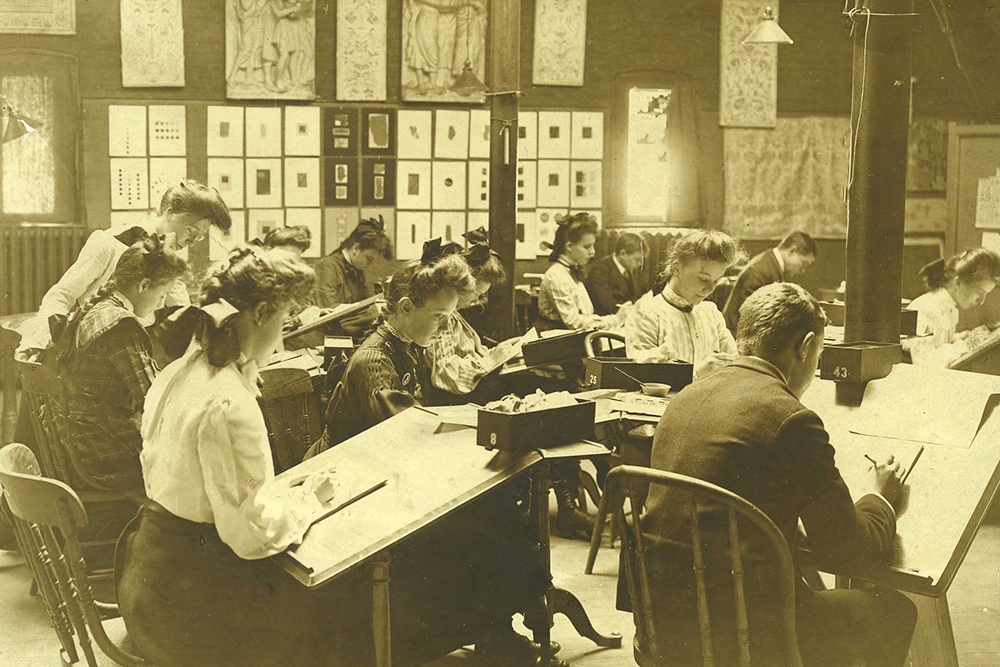
Thankfully, artists, designers, and educators have spent considerable time creating works that illustrate these with simple, foundational elements. The gestural marks used to suggest prints in the sand also create a sense of rhythm, the back-and-forth trudge of a journey on foot, the dance of wind across the surface of the sand brushing the prints away.Īs they overlap and intersect, these principles of composition can initially be difficult to distinguish in representational images. The proportion of the figures to each other-even the proportion of the pack animals’ hooves to the prints they’ve left in the sand-provide clarity of scale and indicate movement from the foreground into the background. Harris has used these elements to create a composition with visual interest through principles like rhythm and proportion. They tell us that it’s windy and that the figures are moving away from the viewer. In conjunction with other elements, such as line, texture, and shape, they don’t just tell a story of an evening ride through the desert. But these colors are working harder than that. The violet smudges on peachy ground read quickly as evening shadows on blown sand. If you’ve read our discussion of color, you might notice how color helps tell the story. This painting by Lawren Stewart Harris (1885-1970) may be initially compelling in its imagery and the story it seems to tell. Over the Old Route into Egypt, illustration for “Riding Down to Egypt” by Norman Duncan, via JSTOR It’s nearly impossible to discuss one of these principles without referencing others. ( Unity is occasionally included as a principle that describes the overall harmony of a composition created by implementing other principles effectively.) By nature, these principles overlap and intertwine to form the whole of a visual composition. While the number and grouping of principles of composition vary from source to source, they include some combination of the following:

The principles of composition emerged in the late nineteenth century and rose to prominence as a language to address the formal elements of early and mid-twentieth century abstract and experimental art. We call these the principles of art and design or principles of composition. In this week’s column, we’ll focus on how these elements are combined to create a visual impression or impact.

Like shape, value, space, form, line, and texture, color is considered a structural component of visual works, a basic building block of art and design. In last month’s “Learning to Look” column we explored color, a delightfully complex element of art and design.


 0 kommentar(er)
0 kommentar(er)
